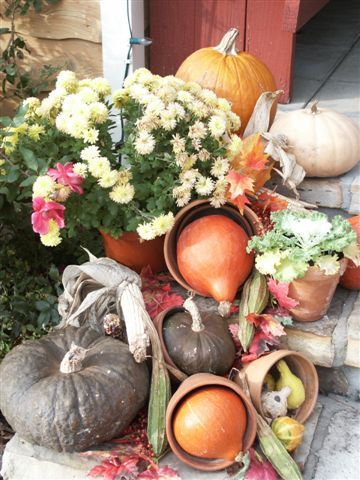
Pumpkins and winter squash come in a cornucopia of colors and sizes, not to mention flavors. Fortunately for us, these heirloom vegetables are becoming quite popular, allowing us to buy a vast array of varieties to plant in our gardens. We are all familiar with the standard acorn and butternut, which I view as the workhorses of winter squash and are quite worthy in their own right. The names of some of the heirlooms that are available now are as enticing as they are exotic: Delicata, sweet dumpling, carnival, buttercup, gold nugget, jack-be-little, orange or blue Hubbard, red Kuri, Kabocha, Marina di Chioggia, and Rouge Vif d’Etampes, to name a few.
| Orange-skinned winter squash. |
Full of flavor and health benefits
I encourage you to pick up a new variety of squash or pumpkin each week, so you can taste them for their flavors. Some are downright candy sweet, while others might be more bland or even starchy. I find the brighter orange the flesh, the sweeter the taste. I tend to use winter squash in desserts more than I do pumpkin because of their handy size and many of the huge commercial pumpkins grown for jack o’lanterns are not as flavorful.The orange color of the flesh indicates the presence of carotenoids, which help prevent cancer and encourage healthy skin. These delicious veggies are antioxidant and contain vitamins A and C, as well as potassium, manganese, folate, and omega-3 fatty acids.
| Galeuse d’eysines. |
Harvesting and storage
If you don’t grow your own, tables are piled high with multi-colored squash from the size of oranges to much bigger than a watermelon at farmers’ markets, roadside stands, and even at grocery stores. We see this plethora due to the fact that these cucurbits are keepers. They are ripe and ready to be harvested when their skins are hard and cannot be easily pierced with your thumbnail, the fruits’ own natural barrier for long-keeping. Don’t leave the squash on the vine for too long, harvest as they ripen so plants can continue to produce. As the rinds harden, they change color and often the vines start to wither and the stems turn brown. Don’t handle pumpkins or squash by their stems, since they can break off easily and then they will not store well due to exposed flesh (a place for bacteria to enter and decay to start). For maximum storage life, let squash and pumpkins cure for a few weeks in a cool place with good air circulation, out of direct sunlight. I store my winter cucurbits in the cold room in my basement (about 50 degrees F) for three to six months.
| Peeling a butternut squash. |
| Use a grapefruit spoon to remove the seed cavity. |
In the kitchen
Getting the hard skins off is a bit challenging to some. Smooth-skinned squash are easier to peel than ones with ridges; sometimes I peel them with a vegetable peeler. However, the easiest method is to halve or quarter the squashes lengthwise and remove their stringy seed cavity. I find that a grapefruit spoon with serrated teeth is the ideal tool for this job. Discard the strings and save seeds for planting or toasting if desired.
Squash can be steamed, sautéed or oven-roasted, the latter allowing for the best flavor. To roast, place the squash halves cut-side down in a baking dish with about an inch of water. If you want the squash to cook quickly then cut it into eighths or sixteenths. Place the dish into a preheated 400º F oven. Smaller pieces take about 30 minutes to bake and large halves can take up to 1 hour to bake. If you are roasting first and then adding chunks to a soup or stew, you may want to undercook them slightly since they will be cooked further. Pierce them with a fork to test for softness; I turn them over about halfway through baking which is not absolutely necessary but it lets the top of the squash dry out a bit and brown slightly.
| Winter squash, cubed and ready to bake. |
Remove the roasted squash and let it cool until it is not too hot to handle. I find it is easiest to remove the skins while they are still pretty warm. Use a knife and peel the skin off or lay the squash on a cutting board, skin side down, and use a spoon to scrape the meat from the skin. At this point, depending on your recipe, you can chop the roasted squash or pumpkin into pieces; take the flesh and mash it with a potato masher or potato ricer for a textured puree; or puree it in the food processor for a fine puree. Pack the prepared squash or pumpkin into one or two-cup freezer containers and freeze for up to six months or refrigerate for a week. You will have pots of golden puree ready to use in biscuits, muffins, scones, cakes, cookies, soups, stews, chili, and pasta fillings or as a vegetable side dish throughout the winter months.
Just a bit more on winter squash and pumpkin…
Susan Belsinger’s winter squash recipes
Oven-Baked Winter Squash with Garlic and Sage
Winter Squash Soup with Black Beans and Corn
Winter squash recipes from FineCooking.com…
Fine Gardening Recommended Products

Berry & Bird Rabbiting Spade, Trenching Shovel
Fine Gardening receives a commission for items purchased through links on this site, including Amazon Associates and other affiliate advertising programs.

A.M. Leonard Deluxe Soil Knife & Leather Sheath Combo
Fine Gardening receives a commission for items purchased through links on this site, including Amazon Associates and other affiliate advertising programs.

Razor-Back Potato/Refuse Hook
Fine Gardening receives a commission for items purchased through links on this site, including Amazon Associates and other affiliate advertising programs.


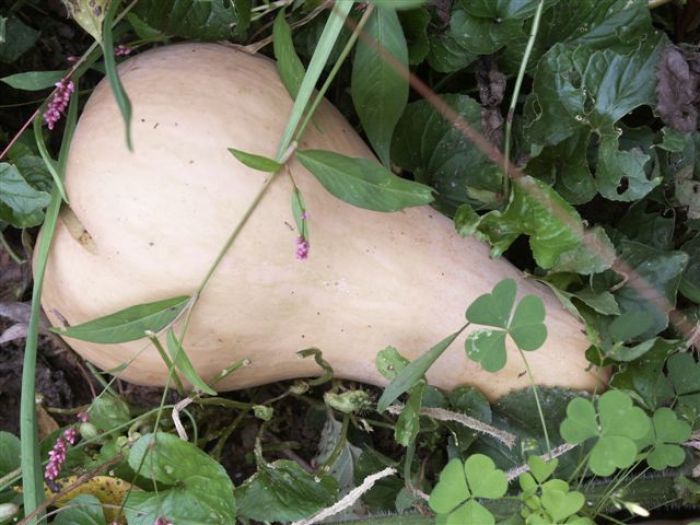
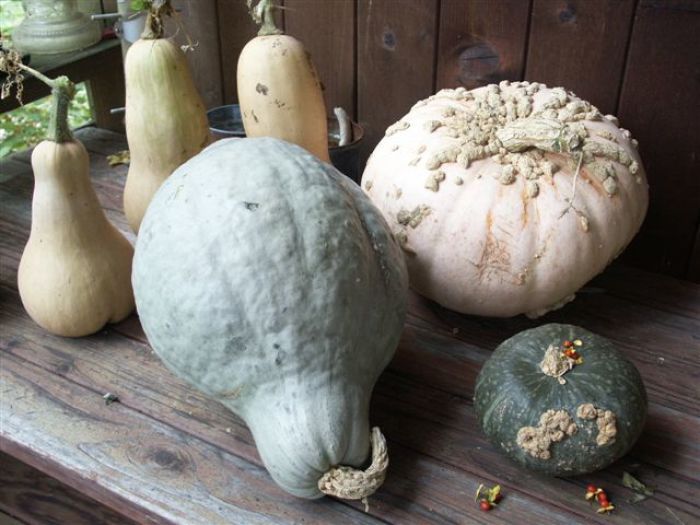

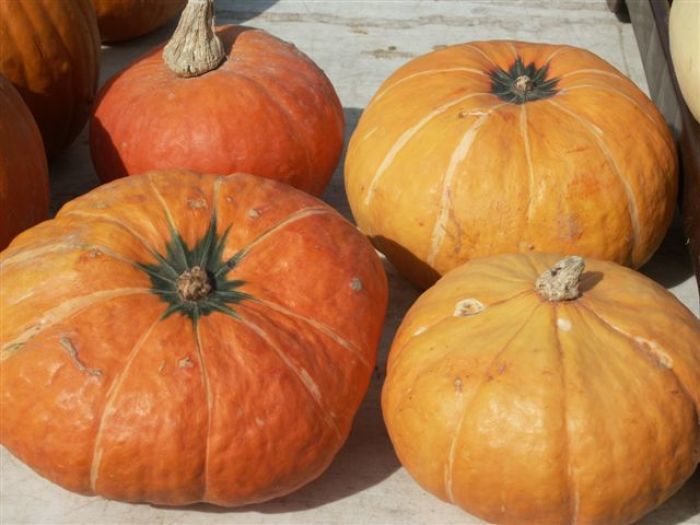
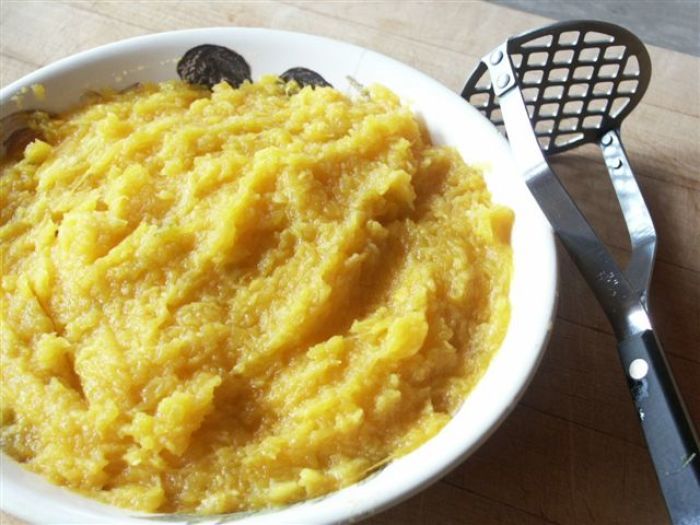
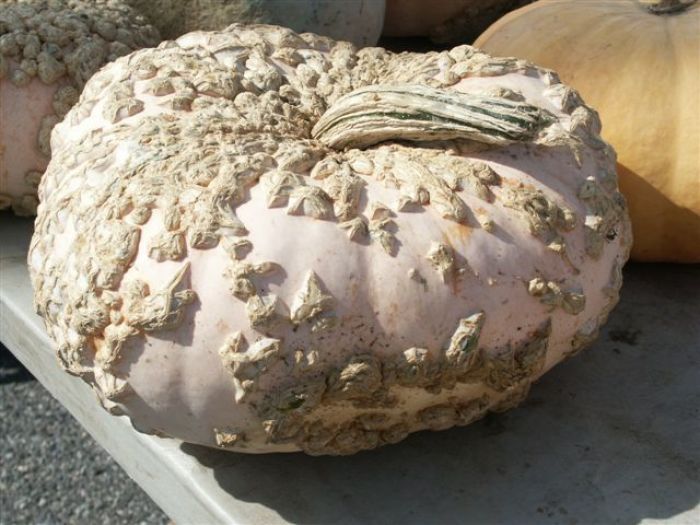

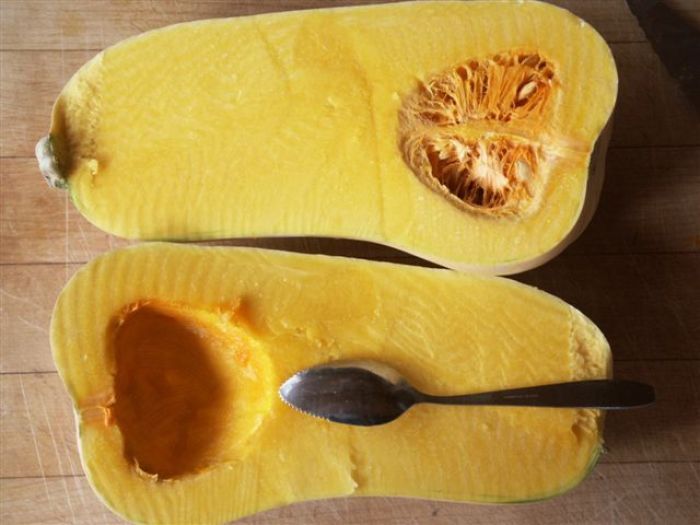
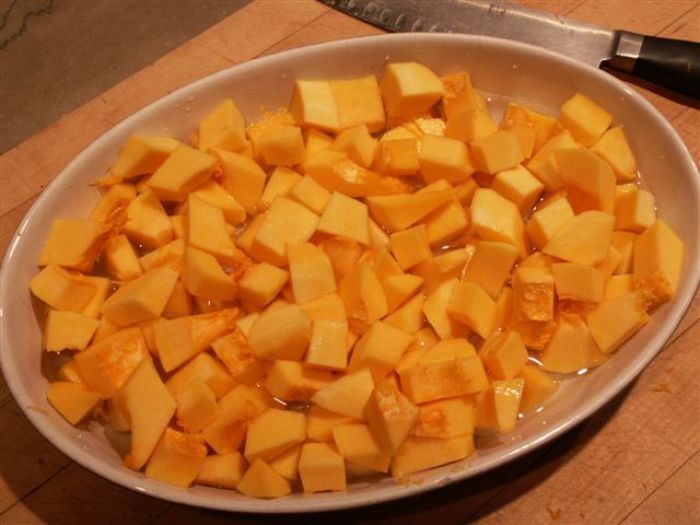

















Comments
Log in or create an account to post a comment.
Sign up Log in